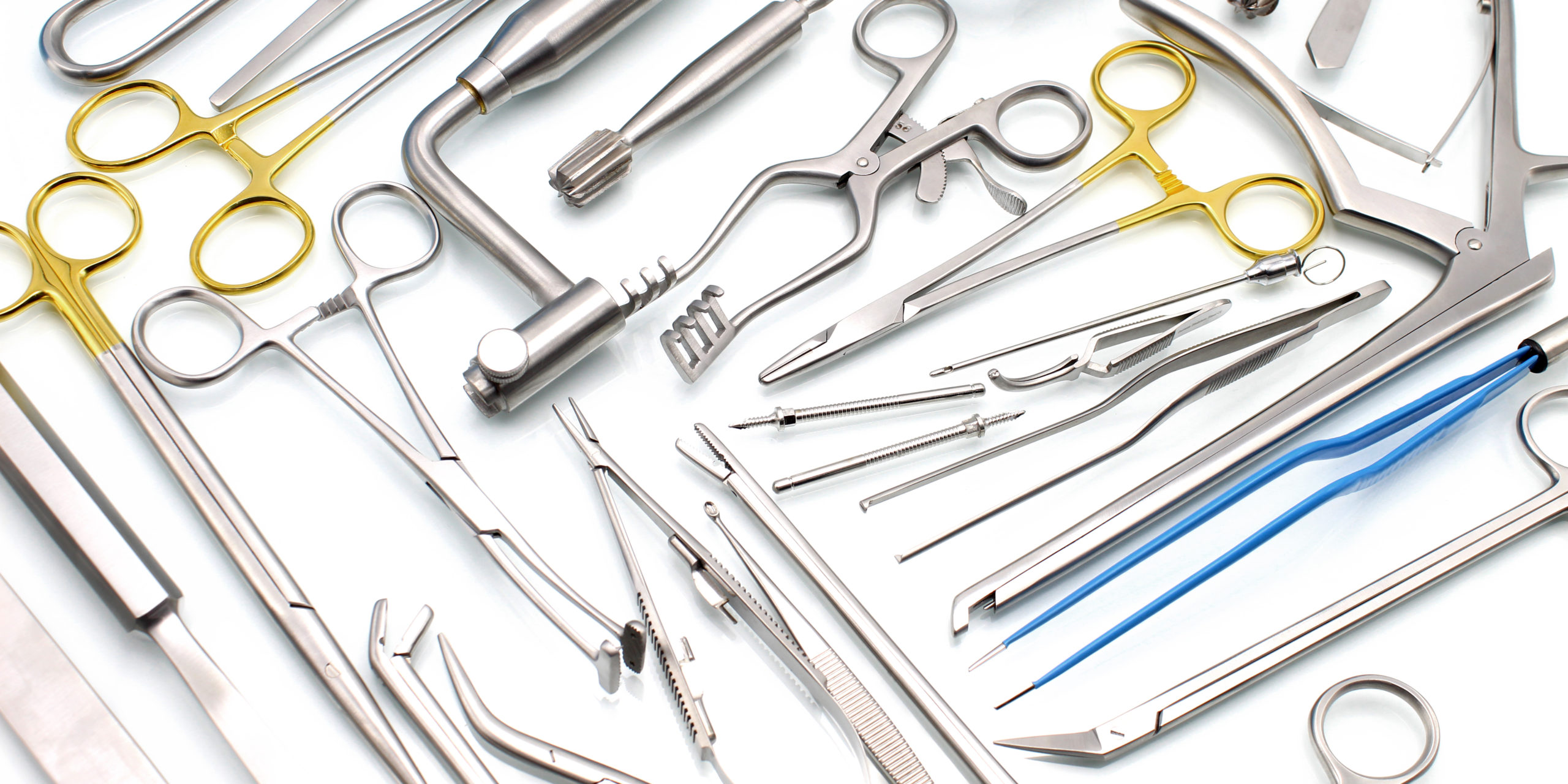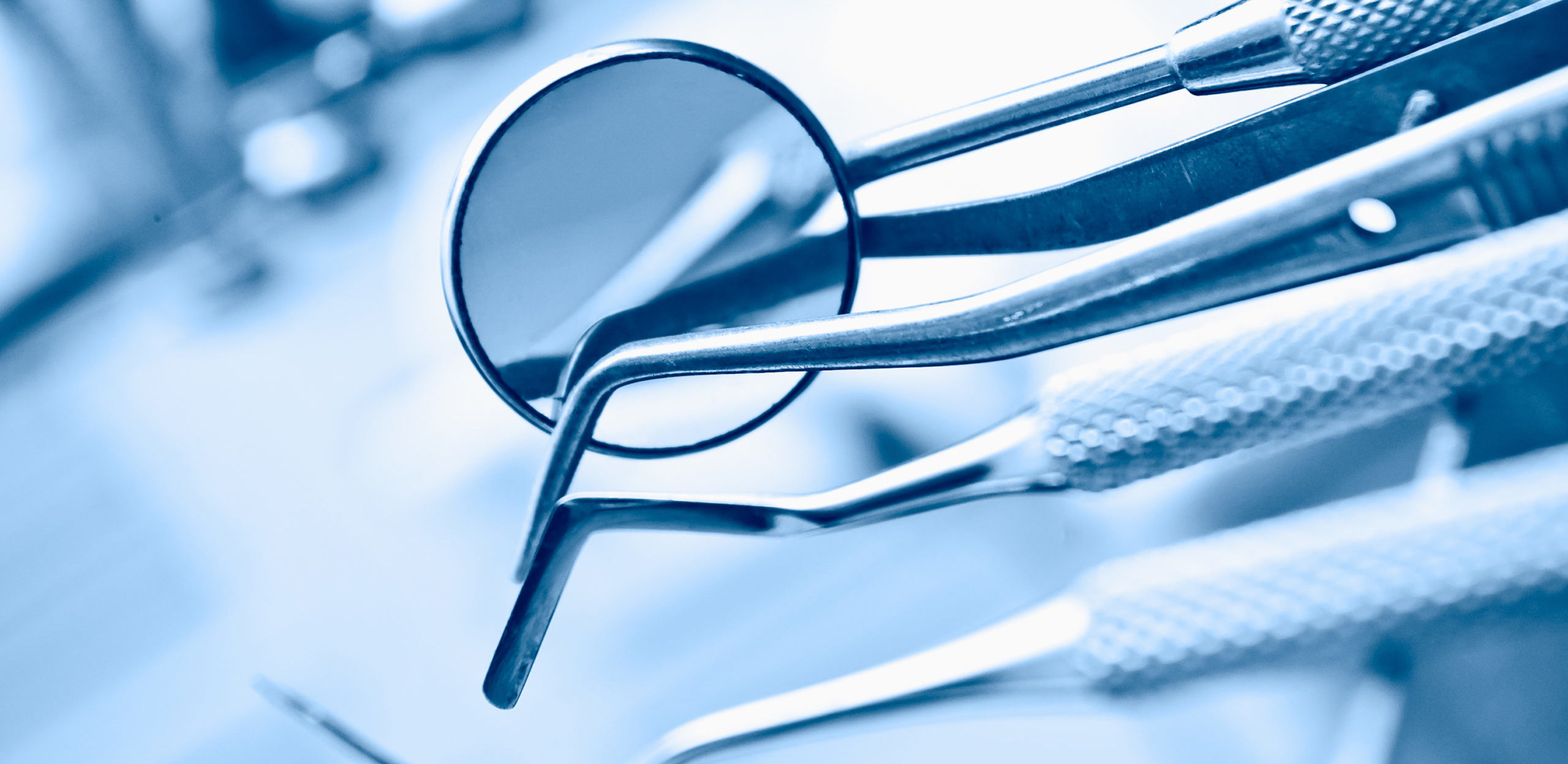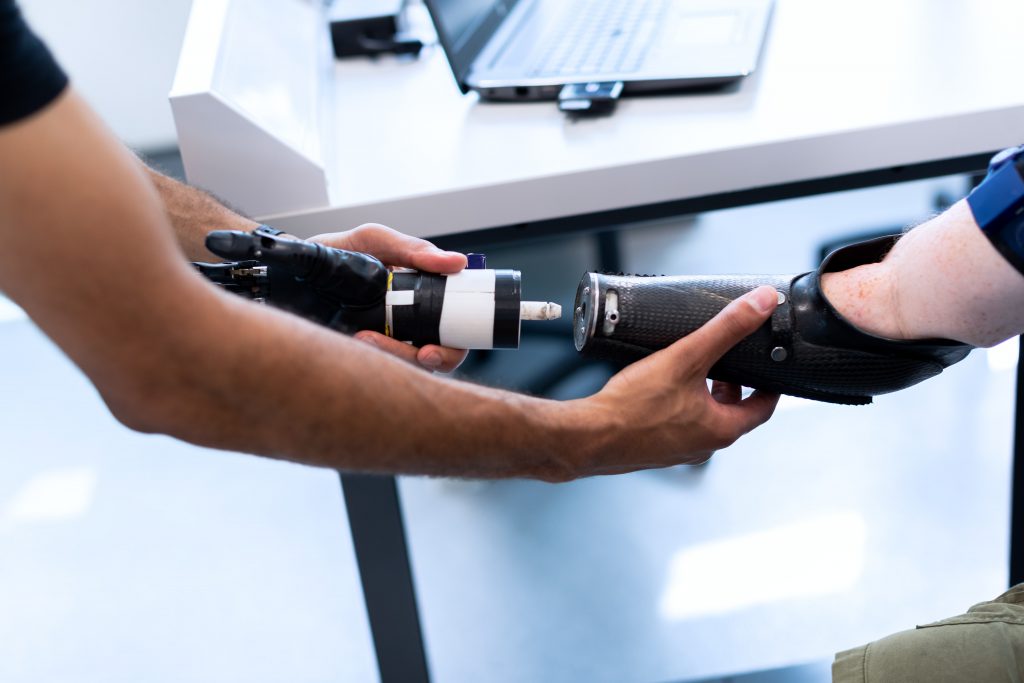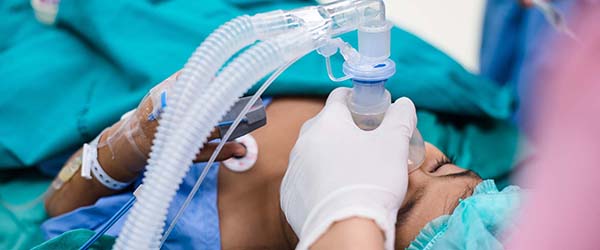The Vital Role of Torsion Springs in Medical Devices and Applications
Edit by openai.com Launch by SHAW from Hengsheng
Torsion springs, often associated with everyday items like clothespins, mousetraps, and garage doors, play a vital role in the medical field. They contribute to the precision and efficiency of medical equipment and devices. In this article, we’ll explore how torsion springs actively contribute to advancing healthcare.
1. Surgical Instruments: Precision and Accuracy

First and foremost, one primary application of torsion spring in the medical field is their role in surgical instruments. Surgeons heavily rely on these instruments, such as forceps, tweezers, and scissors. These instruments are equipped with torsion spring that provide the necessary tension and control. Consequently, these springs enable surgeons to execute delicate procedures with precision, significantly reducing the risk to patients.
2. Dental Equipment: Reliable Functionality

Moving on to dental equipment, torsion springs play a critical role in dental handpieces, braces, and orthodontic appliances. Dental handpieces, for instance, depend on torsion spring to facilitate controlled opening and closing. This level of control ensures reliable functionality, ultimately allowing dentists to work efficiently and provide quality care.
3. Prosthetic Devices: Mobility and Comfort

Shifting our focus to prosthetic limbs, torsion springs are instrumental in enhancing mobility and comfort for individuals who rely on these devices. These springs are strategically used in joint mechanisms, allowing for natural and smooth movement. Consequently, this active engagement restores individuals’ ability to engage in everyday activities with ease, greatly improving their quality of life.
4. Medical Implants: Ensuring Longevity

Now, let’s explore the realm of medical implants. Some medical implants, such as cochlear implants and drug delivery devices, incorporate torsion springs to optimize their functionality. In cochlear implants, these springs serve as essential components in securing external elements, ensuring they remain firmly in place. In drug delivery devices, torsion springs actively control the release of medications at a controlled rate. This active involvement significantly extends the effectiveness and longevity of treatments.
5. Respiratory Devices: Enhancing Breathing Assistance

Finally, in the domain of respiratory devices, including ventilators and CPAP machines, torsion springs are critical in regulating valves and airflow. These springs actively maintain the necessary air pressure, ensuring patients receive the crucial respiratory support they require. In these critical applications, torsion springs play an indispensable role in enhancing the reliability of respiratory devices, ultimately contributing to improved patient well-being.
In conclusion, the significance of torsion spring in the medical field cannot be understated. Although these springs may appear as simple components, their active involvement in medical devices and applications is indispensable. From surgical instruments requiring precision and reliability to prosthetic limbs enhancing mobility and comfort, torsion springs actively contribute to advancements in healthcare. As medical technology continually progresses, the active role of these small yet critical components will only grow, actively improving patient lives and the effectiveness of medical procedures.

